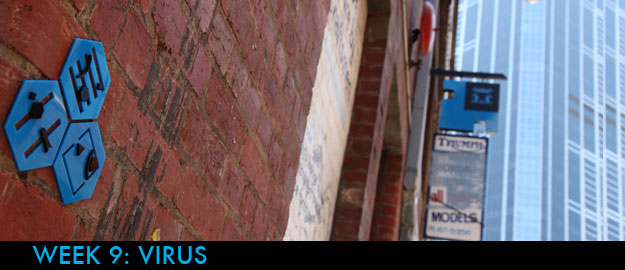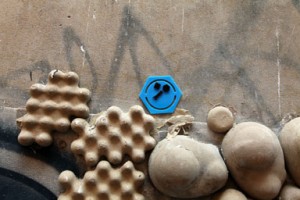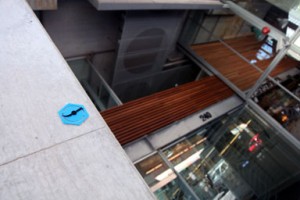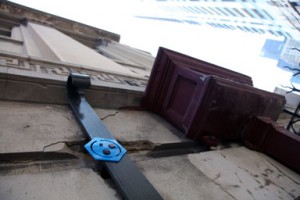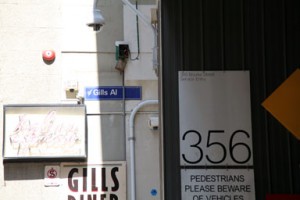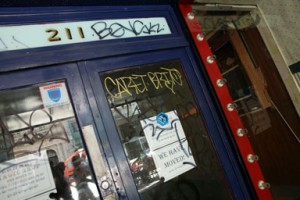“According to E. O. Wilson’s Biophilia hypothesis*, humans have an innate desire to catalog, understand, and spend time with other life-forms.”
Time for another story this one is about Dr Bug.
Dr Bug is the childhood nickname of game designer Satoshi Tajiri. He earned this name due his fascination for studying insects he had as a child. Tajiri grew up in Machida, a western Tokyo suburb which was then still quite rural with rice paddies, rivers and forests. As the suburb became more developed the insects were driven away. Tajiri laments that urban children today do not have the opportunity to explore and learn about nature that way he did as a child. He designed the Pokémon game to recapture the pleasures of collecting and learning about creatures he so enjoyed as a child.
According to Science Magazine zoologists at the University of Cambridge are now looking to Pokémon for ways to engage children with conservation issues. There studies with a sample of 109 UK showed that children over 8 years old were able to correctly identify nearly 80% of a sample drawn from the 150 virtual Pokémon creatures whilst struggled to identify their native wildlife such as a badger.
They were impressed by the children’s detailed knowledge of Pokémon. Noting that people care about what they know – they ask how can scientists uses games to re-establish links with nature?
How can game designers and urban designers work together to protect the future of all urban life? What is the potential of play?
Please collect and save the city’s ludic creatures.
*E. O. Wilson, Biophilia (Harvard Univ. Press, Cambridge, MA, 1984)
Pokédex
Interview with Satoshi Tajiri








Posted on January 7, 2011 by xmediaeco ::: Comments Off on Urban Life… I thought it was an album by Roxy Music!
